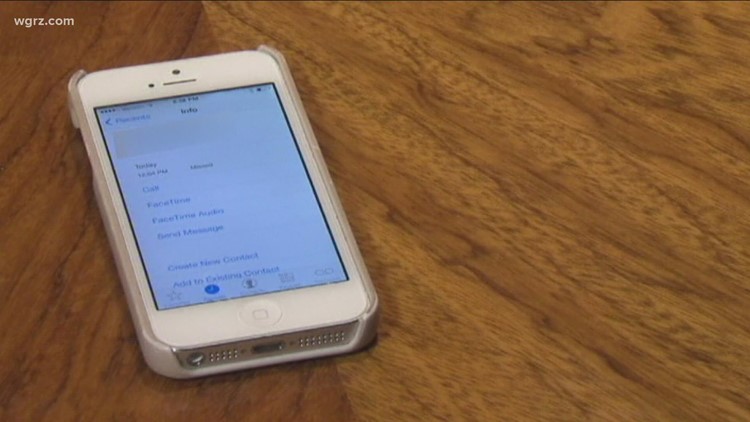ALBANY, N.Y. — Scammers are at it again; this time sending texts involving fake bank fraud alerts.
The NYS Division of Consumer Protection says the phishing scam works when someone posing as a bank representative tries to steal your personal and financial information, such as a credit card, bank account or social security number.
The message will usually ask the person to confirm account information, make a payment or claim a prize. The message may also ask the user to click on the link inside the text, which directs them to a phone site that looks like the financial institution's website. It may also install malware onto your device.
Anyone who gets an unsolicited dubious text message is advised to delete it right away.
New York State Chief Information Officer Angelo "Tony" Riddick said, “One of the most common online scams is phishing—an attempt to solicit personal information from users by masquerading as a trustworthy entity. The Consumer Alert today warning of text scams involving fake bank fraud informs New Yorkers to remain vigilant by deleting the fraudulent text message immediately. The public should always remember the importance of protecting their personal data from cyber criminals. ITS continues to provide a wide variety of helpful cyber tips for the public, online safety resources and real-time advisories that can help safeguard against cybercrime.”
Here are some tips to help keep you from being a victim:
- Inspect the sender’s information to confirm that the message was generated from a legitimate source, but don’t click on the link or call the number on the text.
- Do not respond to the text. Even writing STOP will let the scammer know your number is genuine, and they may sell your number to other scammers, making the problem worse.
- Remember, banks will never ask you to provide confidential information through text. Requests to do so, as well as poor spelling or grammar, are telltale signs of a scam.
- If you are suspicious, call the alleged bank or financial institution directly to understand the protocols for alerting customers of potential fraud.
- Do Not post sensitive information online. The less information you post, the less data you make available to a cybercriminal for use in developing a potential attack or scams.
- Keep an eye out for misspelled words which are used to bypass a phone carrier’s filter system for fraud.
Also, here are some steps you can take to block unknown senders from your cell phone:
- Go to settings on your phone
- Click on messages or block numbers (depending on your phone type)
- Hit “Filter Unknown Senders” or tap on “Block Numbers” (depending on your phone type)
For more information, you can contact the NYS Division of Consumer Protection Assistance Helpline at 1-800-697-1220 Monday through Friday from 8:30 a.m. to 4:30 p.m. You can also file a consumer complaint anytime here.



